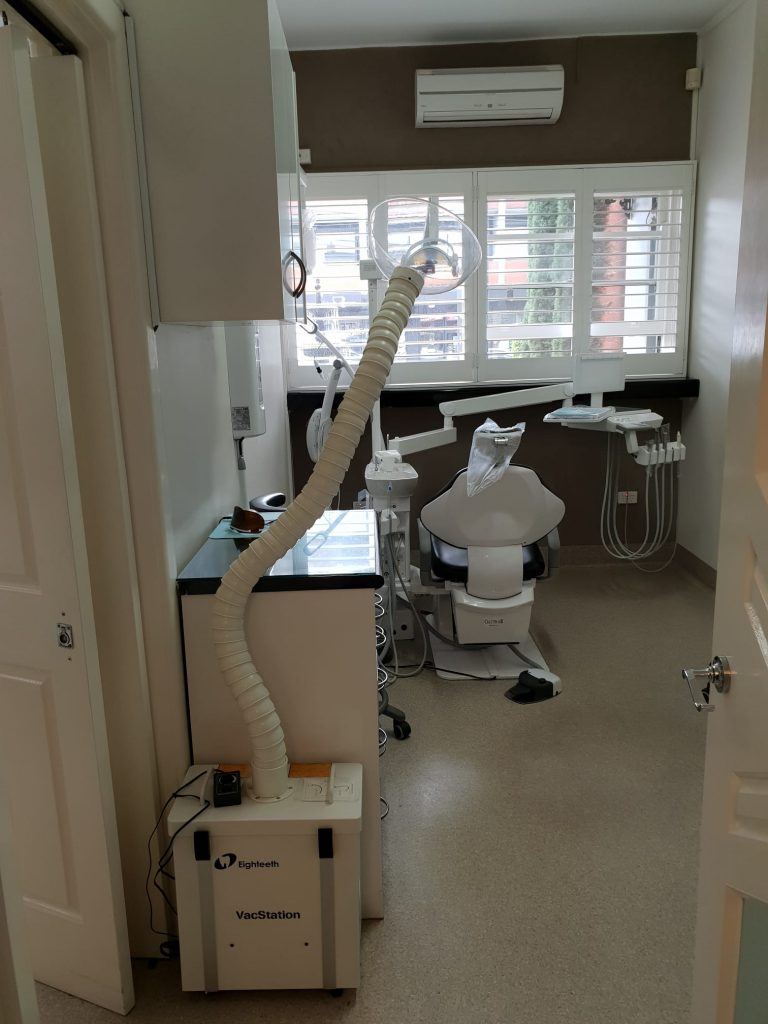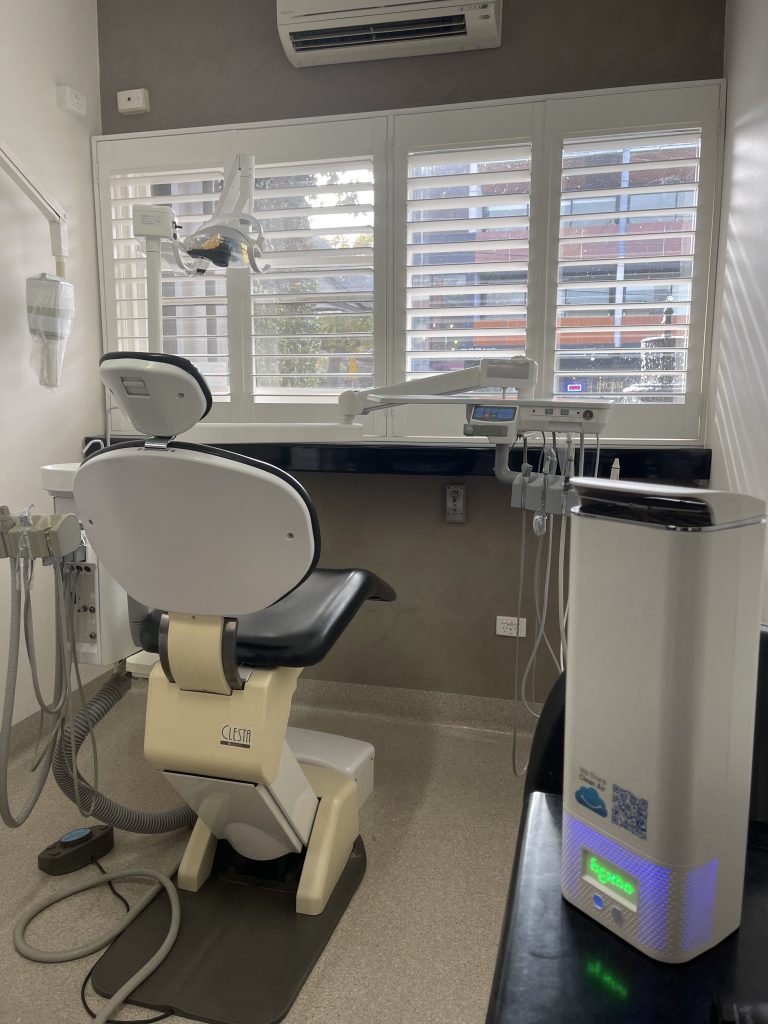Crowns &
Bridges

Crowns
When a tooth is fractured, has a large old filling, or is severely damaged by decay, your dentist may recommend the placement of a crown or cap.
Crowns
Crowns strengthen and protect the remaining tooth structure and can improve the appearance of your smile. Types of crowns include the full porcelain crown, the porcelain-fused-to-metal crown, and the all-metal crown.
Fitting a crown requires at least two visits to the dentist’s office. Initially, the dentist:
- Removes decay, prepares and shapes the tooth
- Decay removal and tooth shaping
- Makes an impression
- Makes and fits a temporary or transitional crown made out of plastic or metal
Your dentist will match the crown colour to the colour of your teeth. If you are considering whitening your teeth, you should talk to your dentist about tooth whitening options before the crown is made. Since bleaching products do not affect the colour of crowns, it is important that your natural teeth are whitened first so the dentist can match the crown colour to the colour of your teeth after they are whitened.
Bridges
Few incidents have greater impact on dental health and personal appearance than tooth loss. When one or more teeth are missing, the remaining teeth can drift out of position, which can lead to a change in the bite, the loss of additional teeth, decay, and gum disease.
When tooth loss occurs, your dentist may recommend the placement of a bridge. When placing a bridge, the teeth (abutments) on both sides of the space are covered with crowns (caps/retainers), and an artificial tooth (pontic) is attached to the crowns.
Initially, the dentist prepares teeth on each side of the space to receive crowns and makes an impression of the entire area.
- Fits a temporary or transitional bridge made out of plastic or metal.
- In a subsequent visit, the dentist:
- Removes the temporary bridge, places, adjusts, and cements the fixed bridge











